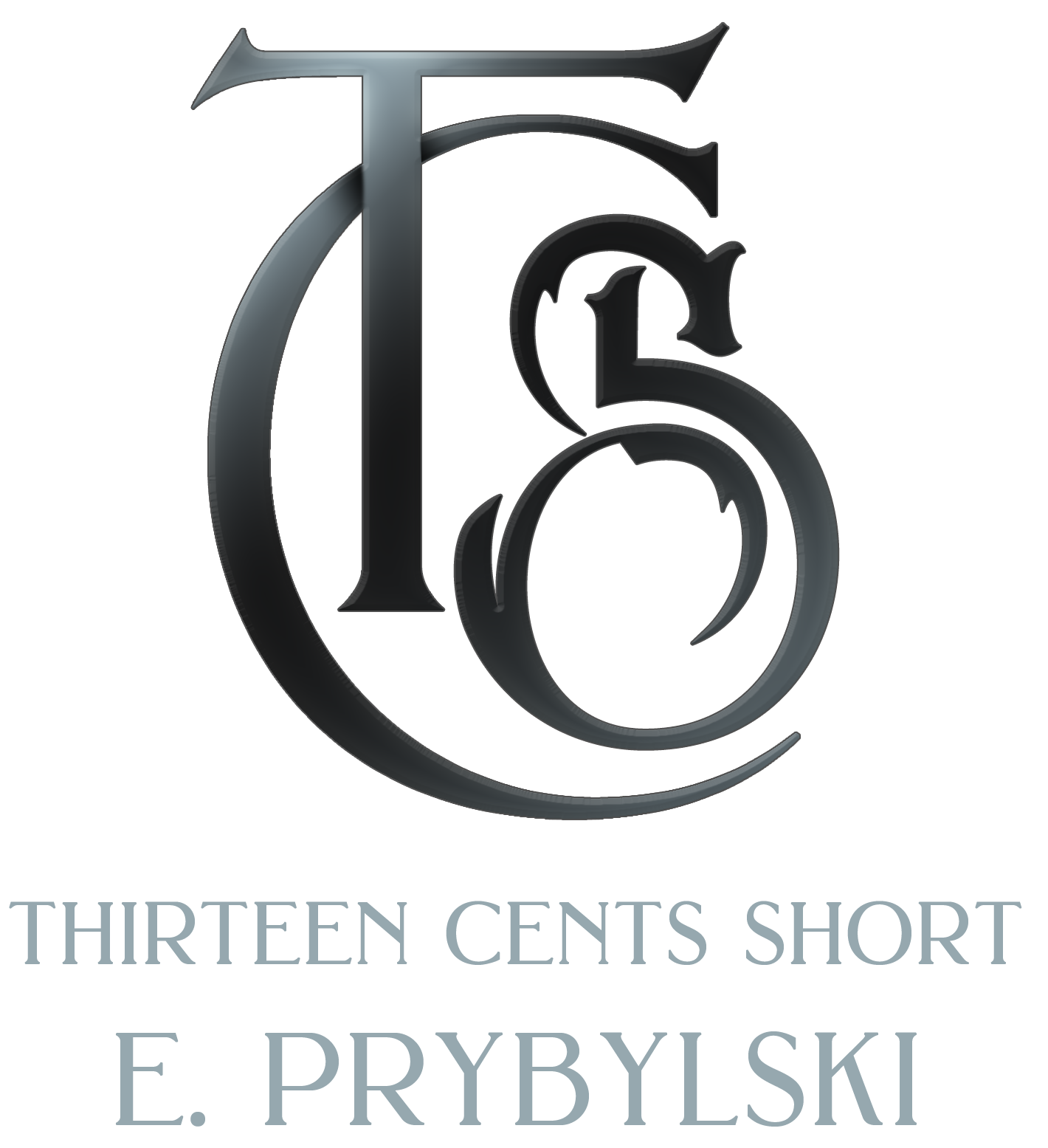All right, so when writing one of the main goals is to draw the reader through the piece. This is done any number of ways with story and characters and plot, but that’s not what we are here to talk about. Instead, today, I’m going to forge into straight up writing craft specifics that are not specific to fiction. I know, I know, I’m a fiction writer, but trust me: this is important in all types of writing, whether fiction or non-fiction. It also translates to things like blog posts.
One of the things about writing that we need to consider is the concept of “meter.” To provide a quick and dirty definition, think of it like rhythm and tempo in music. If you know nothing about music, that won’t help you much, but if you do, you’ll understand it. Meter is best studied in poetry. It’s about the number of syllables in a phrase, and about the way it sounds when read aloud. While modern prose is distinct from poetry, and we don’t need to worry about things like iambic pentameter in prose so much, the concept of rhythm and music to writing needs to be considered.
So how does sentence and paragraph length factor in?
Creating music out of prose is a delicate art, and as such there’s no scientific formula. However, it’s one of those things you know when you hear it. One of the things to consider is varying sentence length. Here’s an exercise to help you identify such things.
This paragraph has short sentences. It will not have long ones. Each sentence has a similar length. This creates a boring sound. It also feels quite choppy. A segment like this can make sense. Doing it much is boring. And it sounds mechanical. Imagine a robot reading this.
This paragraph has very long sentences, and they are strung together to create a breathless mishmash of ideas without really pausing. This method can also work sometimes, but we need to also consider that readers sometimes need a break, and reading this aloud would be very difficult. While the sentences are all different lengths here, the length of them without any kind of break means the ideas feel like they run together. Even if the sentences aren’t comma splices at all, they certainly feel like they are.
Both of those paragraphs have terrible meter. One is like Mister Roboto reading it. The other doesn’t leave any sort of breathing room. While you absolutely can use methods like that to evoke certain feelings in your piece, you want to make sure neither is overused. Fortunately, combatting this is easy. It does, however, take some practice.
The easiest way to fix this problem is by varying long and short sentences. This creates interest. It also prevents things from sounding too “samey”. The same technique can be said of paragraph lengths. Please note: in this conversation we are talking about prose not dialogue. They are two different creatures, so don’t use this philosophy of paragraph length in dialogue. It’s okay if two characters talk back and forth in short esentences.
If you scroll up and really analyze the paragraphs above, you’ll see all of them are different lengths. Some are even a single line for emphasis.
Another thing you need to consider is sentence construction. Part of the flow we’re talking about relies on that. If sentence structure is too much of the same, that also harms meter to a significant degree because we start seeing patterns. As an autistic person, I am more sensitive to patterns than many, but everyone will notice them eventually if you don’t vary things up. They might not even know why the work feels boring or irritating, but they’ll know it does.
Finally, we need to keep an eye on how long our paragraphs get. Remember, a paragraph is a single idea. Just one with a little supporting fluff around it. If we don’t keep to that and have just one idea per paragraph, you run the risk of having a long ramble that is difficult to follow and understand. Paragraph breaks are vital for comprehension in that way.
In addition, even if it is all one idea, if you have an extremely long paragraph, it can be overwhelming. Furthermore, a printed page in a book is only 250 words, and typically you shoot for three-ish paragraphs per page to ensure readers can pause, find their place again, or follow things. If you have a whole page that is nothing but a wall of text, it can be difficult to parse. And it becomes an accessibility issue for folks like myself who have reading comprehension issues. (I’ve mentioned it before, but I am actually dyslexic!)
So, to recap, you want to look for a few things:
- Varying sentence/paragraph length
- Varying sentence/paragraph construction
- Making sure none of them are too long so as to inhibit comprehension.
And there you have it! That’s my short and sweet primer on how to create better meter in your prose through the length of your sentences and paragraphs!
